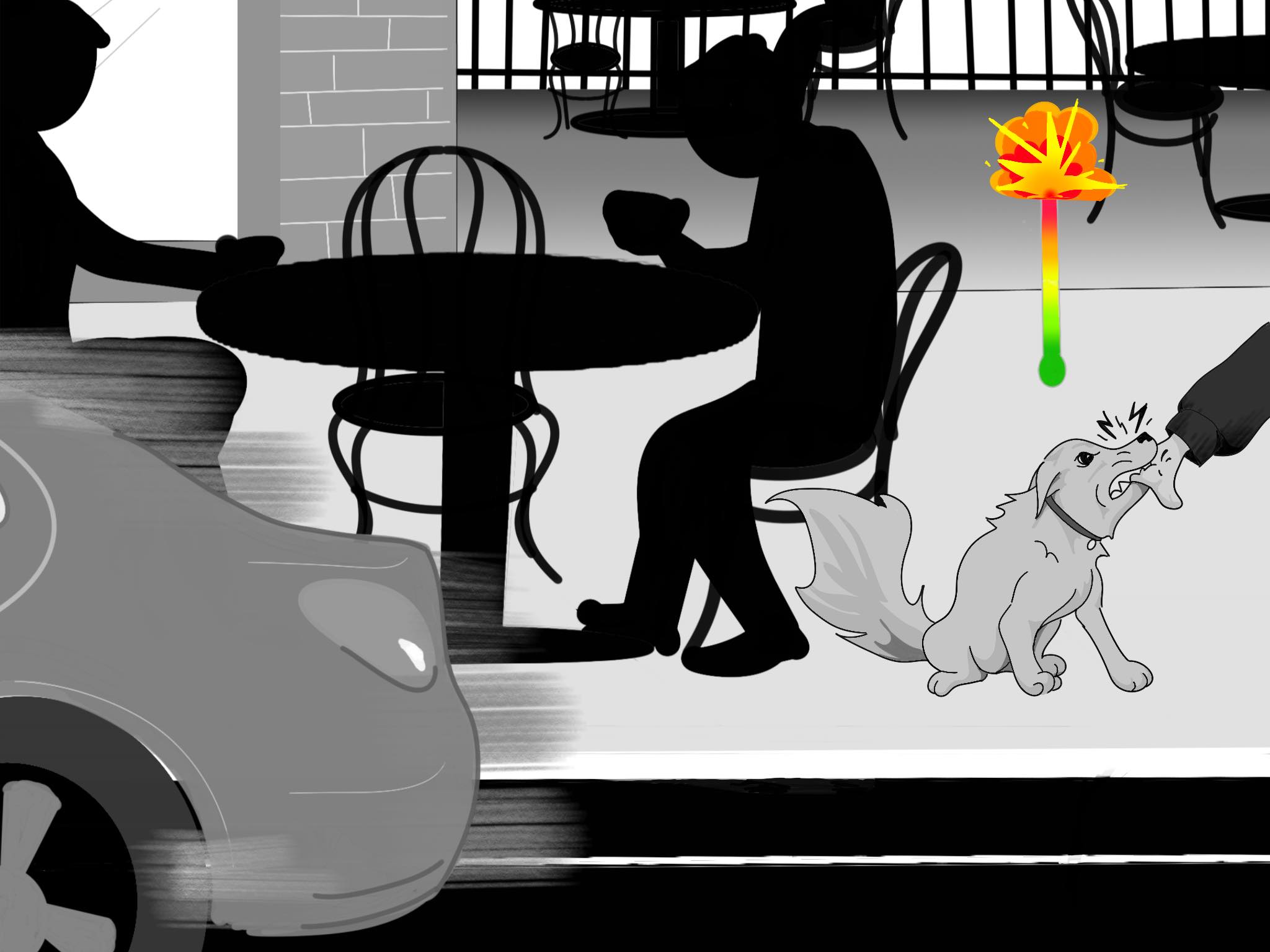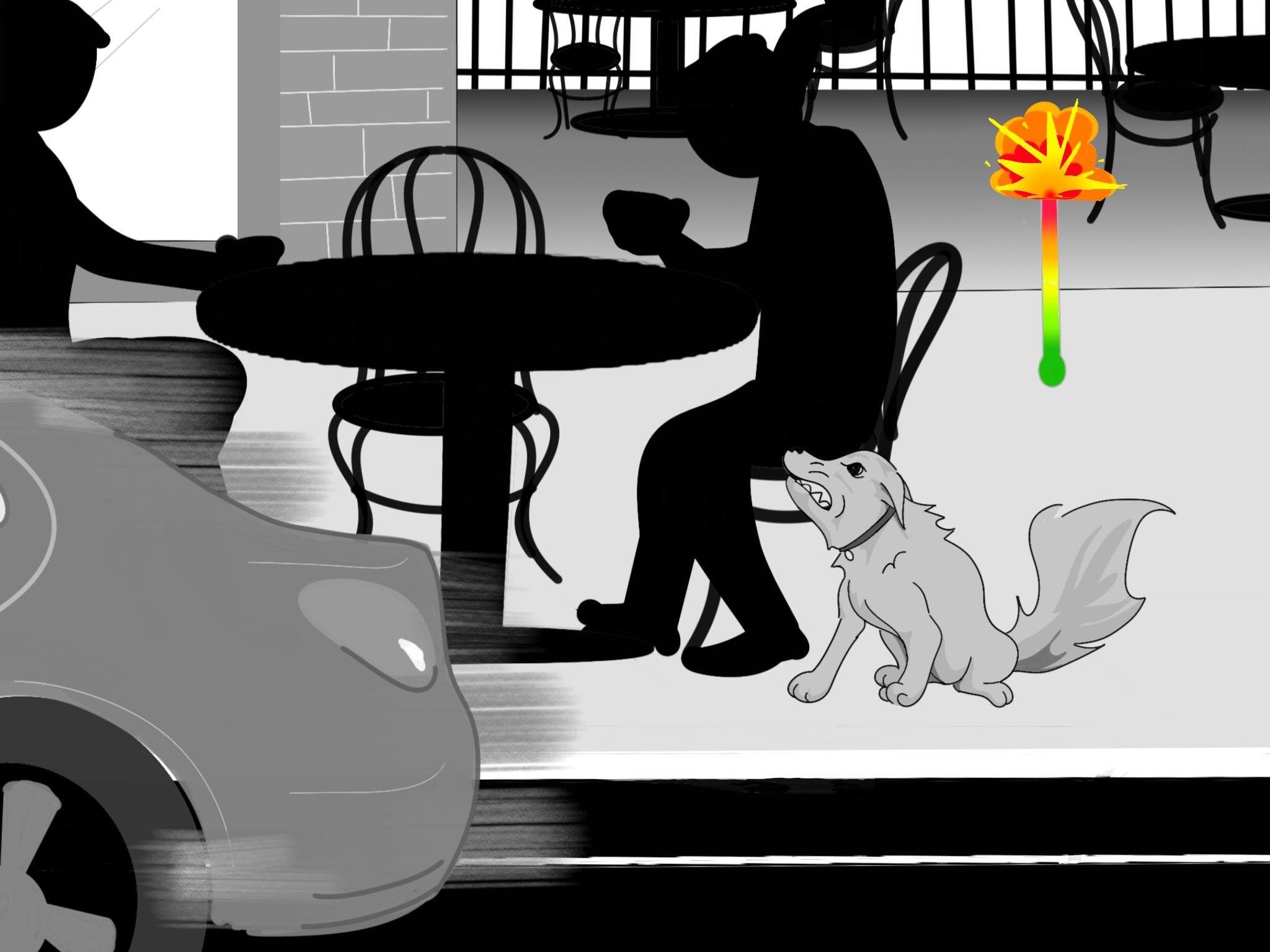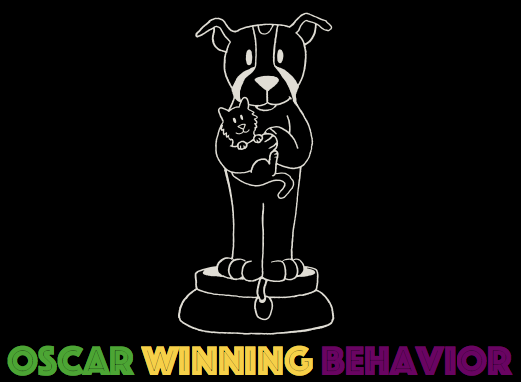But you come to a point in your life when you can’t pull the trigger anymore. – Evel Knievel
Ever have one of those days where nothing seems to go right? Where it seems like one mistake is just snowballing into a giant abominable snowman? In the dog training world, that’s called Trigger Stacking.
For us, Trigger Stacking looks like this:
There’s an awful thunderstorm at night that keeps waking you up. Though you finally get to sleep, the storm also knocks out your power, so your alarm doesn’t go off. Running late, you try to chug your coffee, and burn your tongue. Still cringing, you rush to your car and find yourself caught in traffic with all the other angry honking drivers who are also running late. You get to work late and your boss gives you a dirty look. As you’re slinking past, another coworker says “Hey, how are you today?” cheerfully, and you rip their head off.
It’s not that “Hey, how are you today?” is all that offensive, and honestly, you can generally handle burning your tongue, or sitting in traffic, or even getting that dirty look from your boss.
It’s the “OR” that matters, there, right?
It’s when you stack all those things up together that you cross the line and pass your limit.
Dogs go through the same sort of thing. So let’s look at a few things that might happen in a dog’s day.
Let’s say on your morning walk, there’s a lot of traffic – maybe even a plane flying over head. That brings your dog to a stress level of just under 4. But then you go home, kiss Fuzzy goodbye and head out for the day. So Fuzzy gets to go back down to normal.
 stress level = 3.8 (breaking point is 10)
stress level = 3.8 (breaking point is 10)
Another day, you meet friends at an outdoor cafe and bring Fuzzy along. Fuzzy loves people, and enjoys this, but it’s still a lot of noise and chaos and food they can’t have. So even though it’s a fun time, Fuzzy’s stress level still goes up almost to a 5. But, again, there’s time to chill at home after, and nothing comes of it.
A few days later on a walk, you happen to run into someone you haven’t seen in a while and they go to greet Fuzzy with a firm pat on the head. Like many dogs, Fuzzy doesn’t care for this, so it brings their stress level up just past 5.
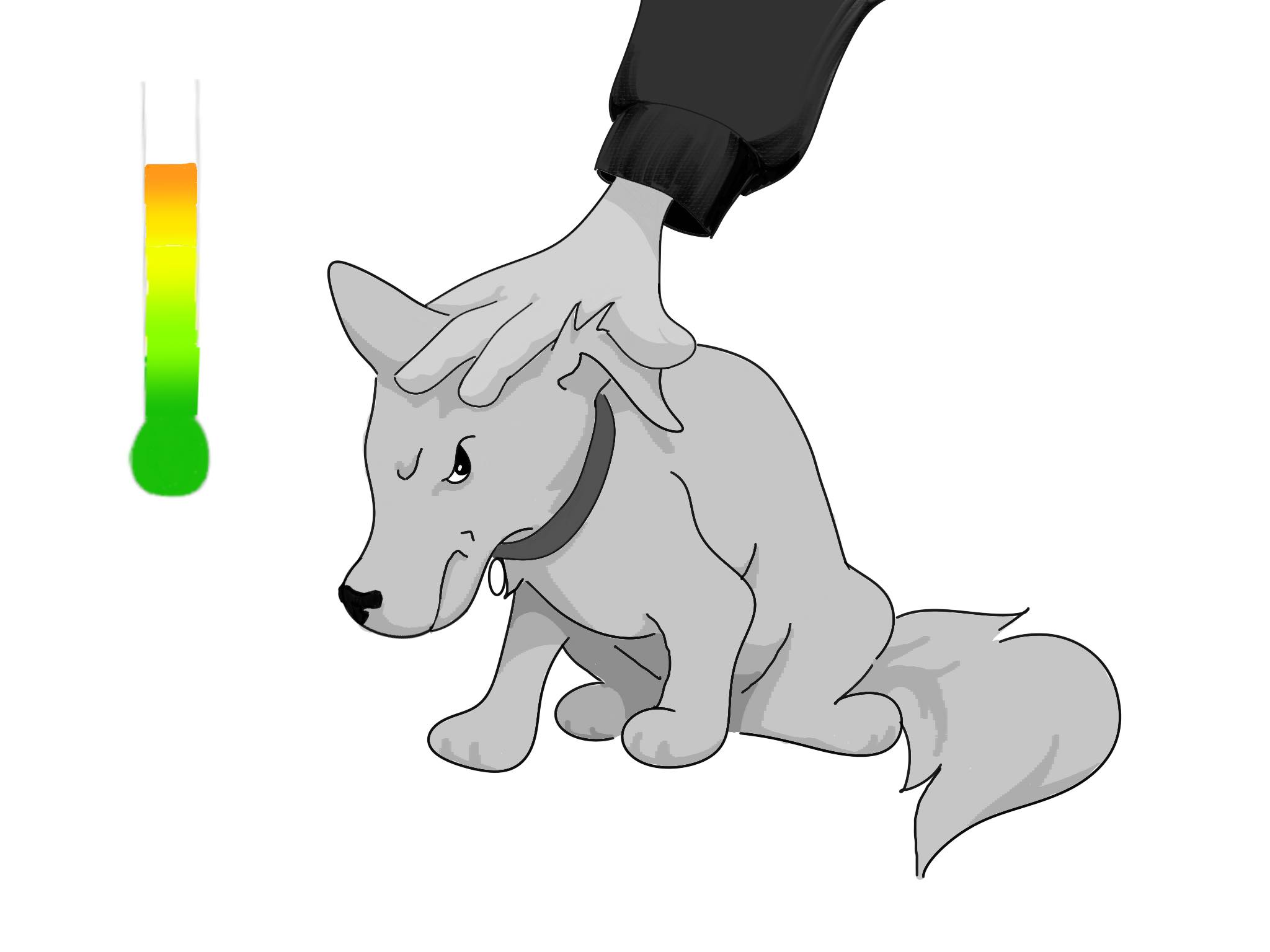 stress level = 5.3 (breaking point is 10)
stress level = 5.3 (breaking point is 10)
But all these things happen separately, and since Fuzzy is given time and space, you hardly notice a blip in the day and there are no resulting behavior problems.
Compared to this:
Let’s say instead that you walk Fuzzy through traffic to that outdoor cafe and run into someone who pats Fuzzy on the head ALL AT THE SAME TIME.
Well, then we can see those “triggers” stacked up, and we can very easily see how Fuzzy got pushed past the threshold, and may even resort to biting the patter. Fuzzy could handle each of these individual things on their own, but together it proved to be too much.
Honestly, though – this type of stacking isn’t what brings people to trainers like me. Often, people can understand if their dog misbehaves when they are completely overwhelmed by numerous triggers in one instant.
When we lose track of those triggers, it can cost us. Let’s think back to that human example I gave – you didn’t get the dirty look from the boss at the same instant you burnt your tongue and lost sleep. There was time between those events, but because you hadn’t had time to get back to your baseline – to catch up on your sleep, to heal your tongue, or to have your boss mention how they liked your comment at the meeting yesterday – those things still piled up.
And once again our dogs are like us in that regard. So if your dog goes to the vet, where they are handled intimately by relative strangers, and given some vaccines and had their temperature taken, and you decide since they did so beautifully you’re going to walk to that little outdoor cafe that serves puppucino… well, that can look a little like this: That vet visit brings Fuzzy up to a solid 9. And though the time it takes to pay and start out on your pretty walk does start to lower stress, it doesn’t get Fuzzy all the way back to baseline.
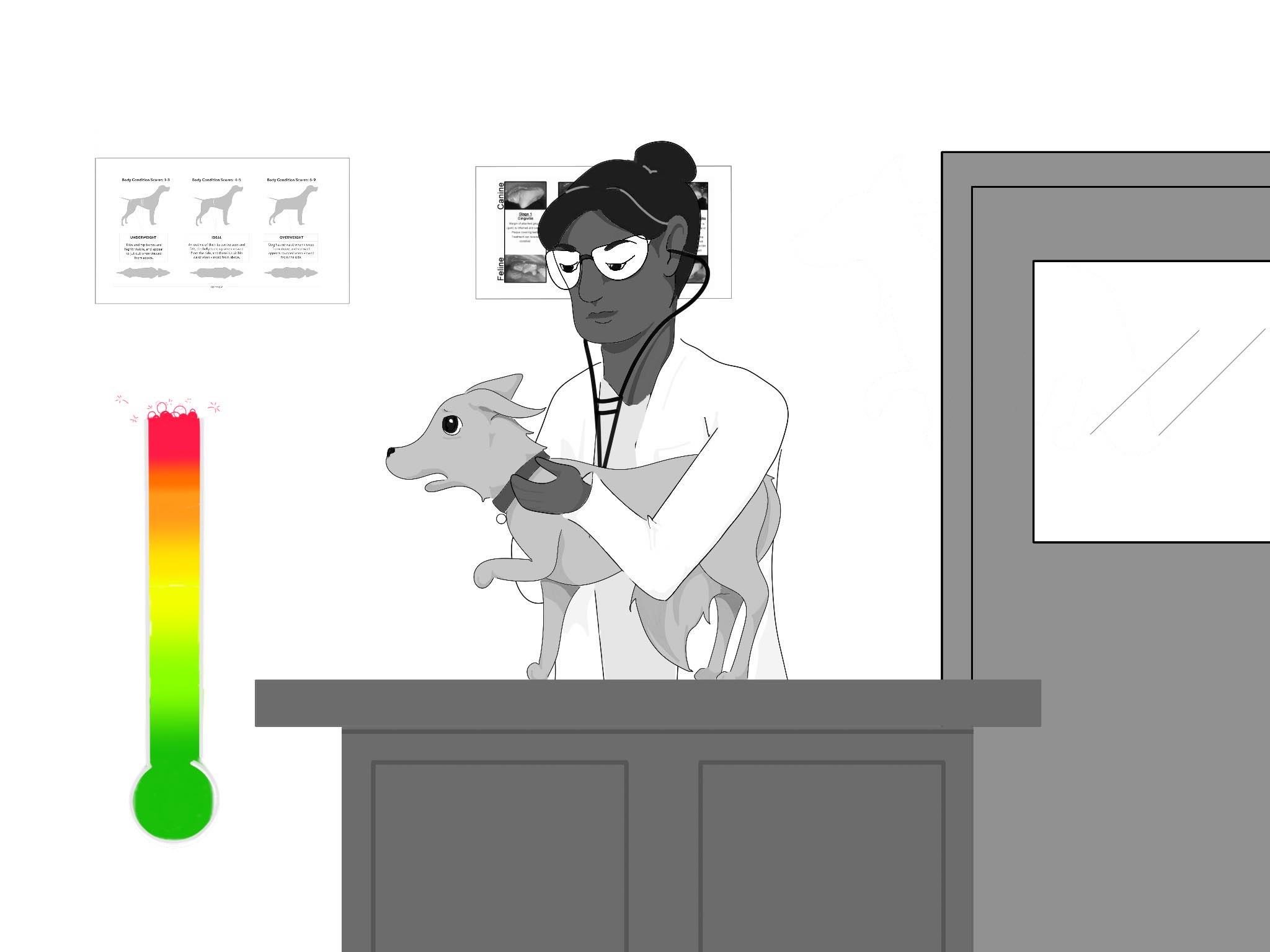 stress level (9 – 6 after decompression time) = 3
stress level (9 – 6 after decompression time) = 3
Instead, Fuzzy starts at 3 and the traffic brings them up to 7. Then the chaos of the cafe brings Fuzzy the rest of the way up and at that point, Fuzzy is really just holding on for dear life. Any little thing at that point – something that wouldn’t have been so much as a blip on the radar if Fuzzy was at baseline – well, that’s just going to tip the scales completely. Even something minor like a car horn beeping could cross the line. Fuzzy may lash out at strangers, may act completely out of control, may even bite someone.
The time between these events matters a lot. If the vet visit is particularly invasive, or your dog is particularly sensitive, it could be days or longer before they truly make it all the way back down to baseline. And of course it’s not just vet visits that can be stressful. Moving, changes in your relationships, guests, weather events, new next door neighbors; if your dog can perceive it, they can be affected by it.
I once had a client whose dog was having an unusually difficult class. The client stayed after to brainstorm a little bit, and after a few minutes said something like “I mean, we were even home more than usual because we rearranged our furniture” – and that was it. The dog was particularly sensitive to the changes in her home, and the family opted to simply return to their previous configuration rather than work through the changes with their dog (that would have been a reasonable option, too). Once the furniture was back to normal, they came in next week and the dog was back to her normal comfort level without any signs of the hiccup.
OK, so now we know what causes trigger stacking – are we unarmed in the fight? Do we really have to ask our dog before making interior design choices?
Design away!
We can be better prepared to estimate how far up those triggers will push our pups by remembering the rules of DNA – and do our best to control variables. Ideally, we have to find ways to start the dog moving back to baseline. For some dogs, the ones who never really hit bottom, that’s going to require medicine, which you can speak to your vet about. For others, a relaxation protocol can help. There are a few out there, but our favorite is super simple and quick. You can stop and cop a squat anywhere comfortable on that walk to the cafe and do it. And right under your table at the cafe is the perfect place to keep it going.
But the best thing you can do is understand that trigger stacking affects us all. Once you do understand that, you’ll likely find yourself with a lot more patience for the effects to your dogs’ behavior. And that can lower the effects trigger stacking has on you, too.
Need Oscar Winning help? Get started by filling out this form.

